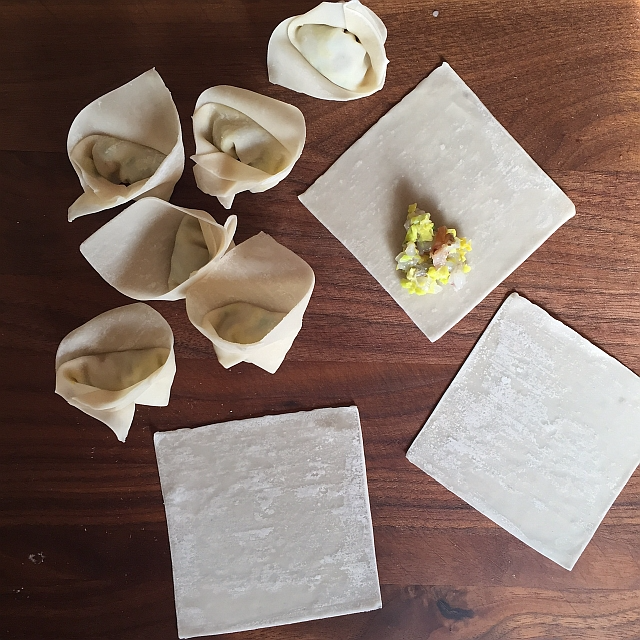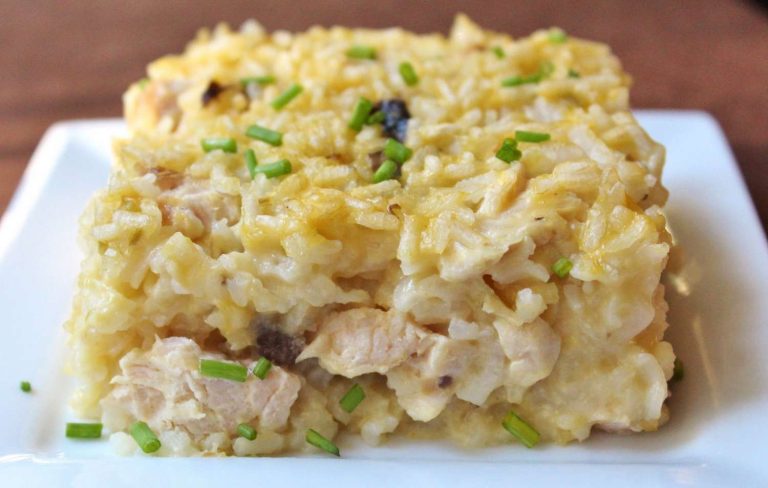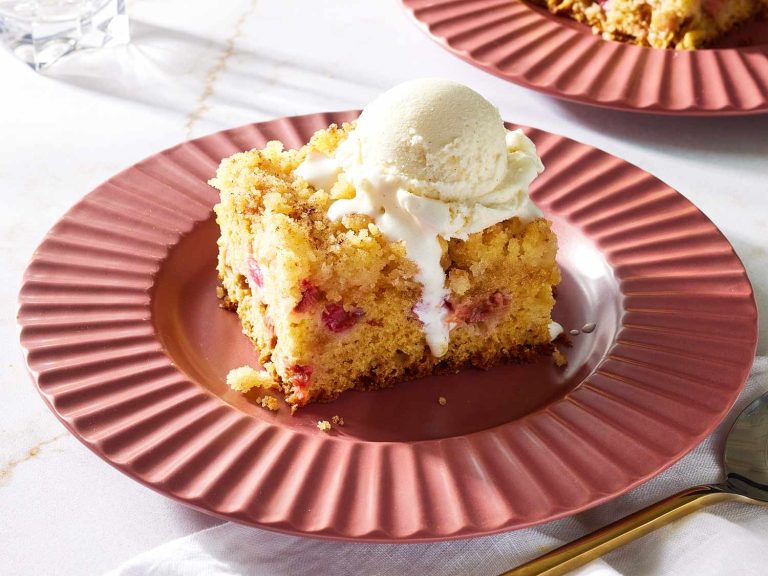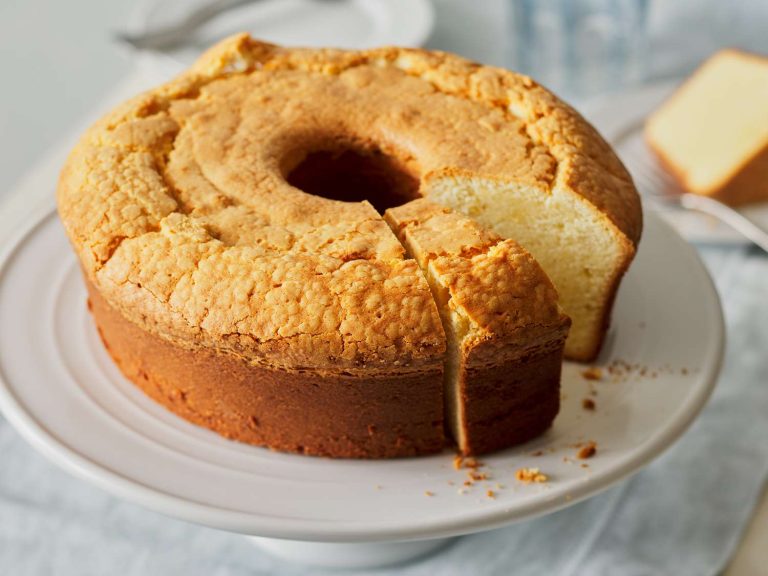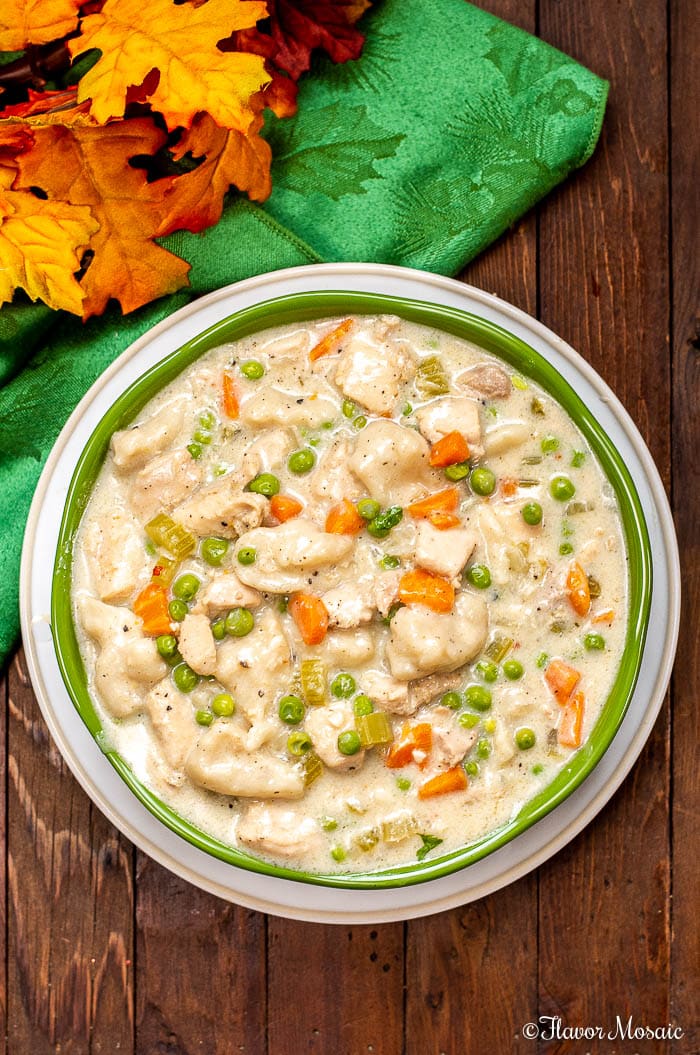Wonton Wrappers: Types, Recipes & Where to Buy
Wonton wrappers originated in Chinese cuisine over 1,000 years ago. Historically, they first appeared in the Northern Song Dynasty around the 10th century. Made from wheat flour, water, and salt, they were created to contain various fillings, including pork, shrimp, and vegetables. Wontons were commonly consumed during the winter, especially in celebrations like the Chinese New Year. They symbolized wealth and family unity.
Evolution and Global Spread
Wonton wrappers evolved as different Chinese regions developed unique variations. Northeastern China favored dumplings, while Southern regions preferred delicate, thin wrappers. Migration and trade routes facilitated their spread beyond China, reaching other parts of Asia, Europe, and North America in the 19th and 20th centuries.
Asian cuisines (Japanese, Korean, and Vietnamese) incorporated wonton wrappers, adapting local ingredients and cooking methods. In the United States, Chinese immigrants introduced wontons in the 1800s, later popularizing them in the mid-20th century through restaurants and cookbooks. Today, wonton wrappers are readily available in grocery stores worldwide, used for both traditional dishes and innovative culinary creations like wonton cups and lasagna.
Types of Wonton Wrappers
Traditional Wheat-Based Wrappers
Traditional wheat-based wrappers comprise wheat flour, water, and salt. These thin sheets of dough offer versatility across various fillings, including pork, shrimp, and vegetables. In Southern Chinese cuisine, chefs often use delicate, thin wrappers. When preparing dishes like wonton soup, these traditional wrappers provide an authentic texture and flavor. You can find wheat-based wrappers in most grocery stores, usually in the refrigerated or frozen sections.
Gluten-Free Options
Gluten-free wonton wrappers cater to those with dietary restrictions. Manufacturers typically use rice flour or tapioca flour instead of wheat. These alternatives maintain a similar texture but ensure gluten-intolerant individuals can enjoy wontons. Brands like Nasoya offer gluten-free versions, which you can find in specialty health food stores. By using these wrappers, you can create traditional recipes while accommodating gluten-free diets.
Making Homemade Wonton Wrappers
Necessary Ingredients
To make homemade wonton wrappers, you’ll need a few basic ingredients. Gather all purpose flour, water, eggs, and salt. These ingredients are essential for creating a smooth, elastic dough that will hold up during cooking. High-quality flour ensures the wrappers have a good texture, while eggs add richness and improve elasticity. Salt enhances flavor and improves dough structure.
Step-by-Step Process
Follow these steps to create wonton wrappers from scratch:
- Mix Ingredients: Combine 2 cups of all purpose flour and 1/2 teaspoon of salt in a large bowl. Make a well in the center of the flour mixture.
- Add Egg and Water: Crack one egg into the well and add 1/3 cup of water. Use a fork to gradually incorporate the flour into the liquid.
- Knead Dough: Once the dough starts to come together, transfer it to a floured surface. Knead for 5-10 minutes until the dough becomes smooth and elastic.
- Rest Dough: Cover the dough with a damp cloth and let it rest for at least 30 minutes. Resting relaxes the gluten and makes the dough easier to roll out.
- Roll Out Dough: Divide the dough into small portions. Roll each portion into a thin sheet, about 1/16 inch thick. A pasta machine can help achieve uniform thickness.
- Cut Wrappers: Cut the rolled-out dough into 3.5×3.5-inch squares. Use a sharp knife or a pizza cutter for precise edges.
By following these steps, you can create your own wonton wrappers with ease. Use these fresh wrappers to craft traditional dishes like wonton soup or explore creative recipes tailored to your taste.
Creative Uses for Wonton Wrappers
Savory Recipes
Wonton wrappers offer various possibilities for savory dishes. You can create appetizers like mini tacos by filling the wrappers with seasoned meat and veggies. For a twist on traditional ravioli, stuff wonton wrappers with ricotta cheese and spinach. You can also make quick and easy spring rolls by wrapping cooked chicken and fresh vegetables in the wonton skins. Another idea is to craft wonton cups by baking wrappers in a muffin tin, then filling them with your choice of savory ingredients such as BBQ chicken, tuna salad, or avocado salsa.
Sweet Treats
Extend the use of wonton wrappers to sweet treats with minimal effort. Turn wrappers into dessert cups by baking them till crispy, then filling them with fruits and whipped cream or chocolate mousse. You can make fried wonton desserts by filling them with sweetened cream cheese and strawberries, then frying and dusting with powdered sugar. Another indulgent option is to create wonton crisps by brushing wrappers with butter, sprinkling with cinnamon sugar, and baking until golden brown.
Where to Buy Wonton Wrappers
Grocery Store Tips
Visit your local grocery stores, particularly those with a diverse selection. Asian grocery stores almost always stock wonton wrappers in their refrigerated sections, next to tofu or pre-made noodles. Standard supermarkets often place wonton wrappers in the international foods aisle or near refrigerated pasta. Check the product labels for freshness and expiration dates to ensure quality. If possible, call ahead to confirm stock availability, as some stores might have limited quantities.
Online Resources
Search for wonton wrappers on e-commerce platforms. Amazon, Walmart, and specialty sites like Asian Food Grocer offer a variety of brands, catering to specific dietary needs such as gluten-free or organic. Ensure the seller is reputable by reading customer reviews and checking ratings. Some websites provide subscriptions for regular deliveries, ensuring a constant supply without repeated orders. Remember to factor in shipping times and costs when purchasing online to guarantee timely arrival, especially if you plan to use the wrappers for an event or party.
Conclusion
Wonton wrappers offer incredible versatility in the kitchen, making them a must-have for any cooking enthusiast. Whether you’re crafting traditional wontons or experimenting with innovative dishes like mini tacos and dessert cups, these wrappers can elevate your culinary creations.
With options ranging from homemade recipes to convenient store-bought and online purchases, you’ll find a solution that fits your needs. Remember to check labels for freshness and consider the credibility of online sellers to ensure you get the best quality. Happy cooking!
